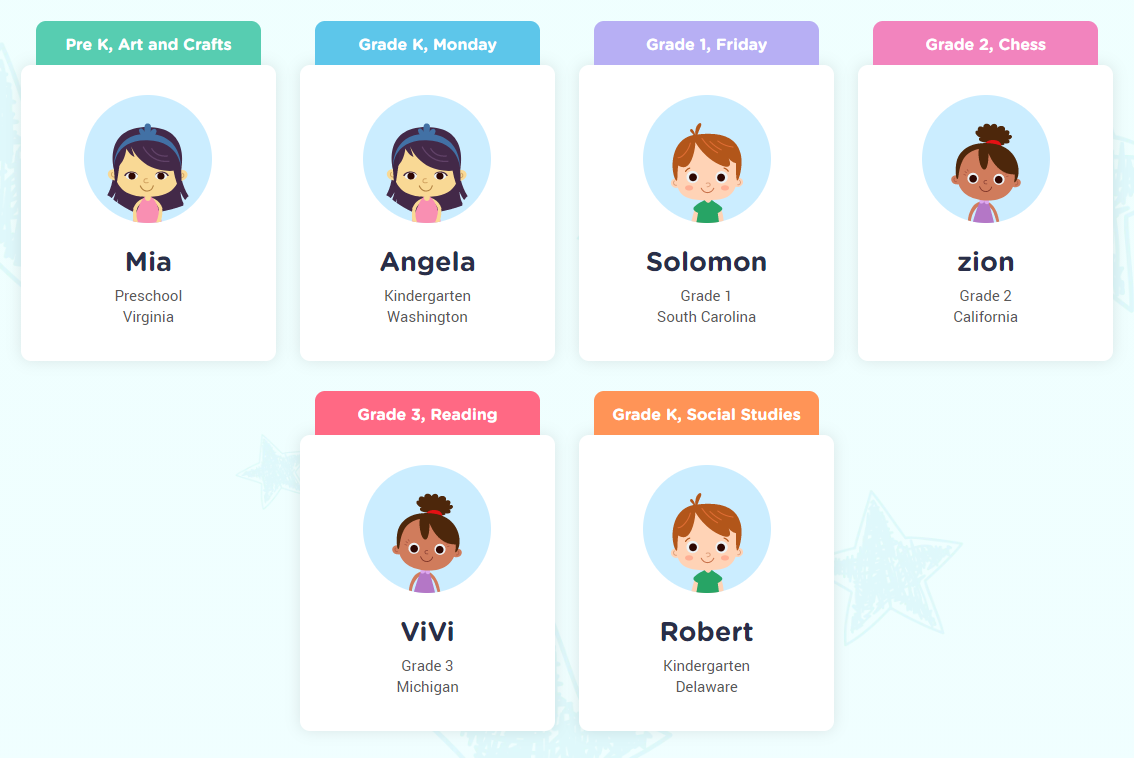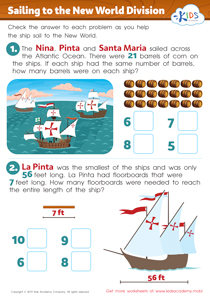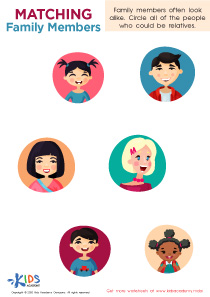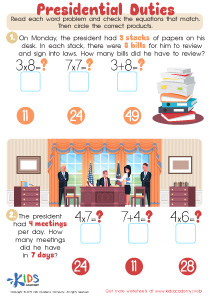Understanding communities Social Studies Worksheets for Ages 4-9
4 filtered results
-
From - To
Enhance your child’s social awareness with our “Understanding Communities Social Studies Worksheets” designed for ages 4-9. These engaging worksheets help children explore the concept of community, including understanding roles, responsibilities, and the importance of teamwork. With colorful illustrations and age-appropriate activities, kids will learn about different parts of the community, recognize different types of families and jobs, and understand how they can contribute. Perfect for both classroom and home, these resources support foundational social skills and foster a sense of belonging. Make learning interactive and fun with Kids Academy’s comprehensive social studies printables.
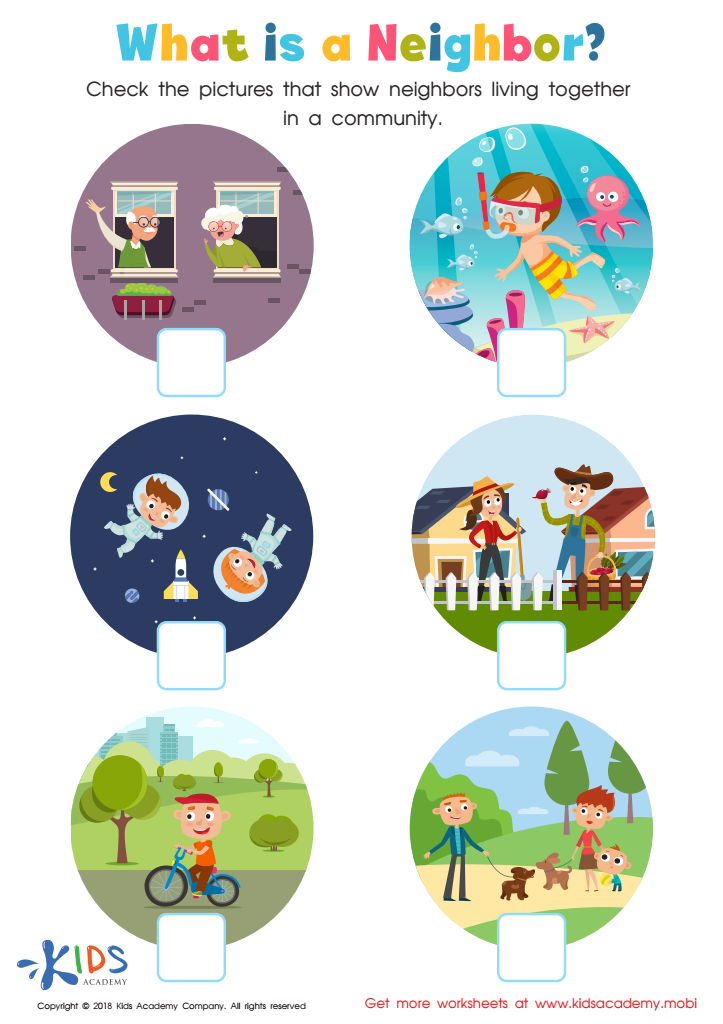

What is a neighbor Worksheet
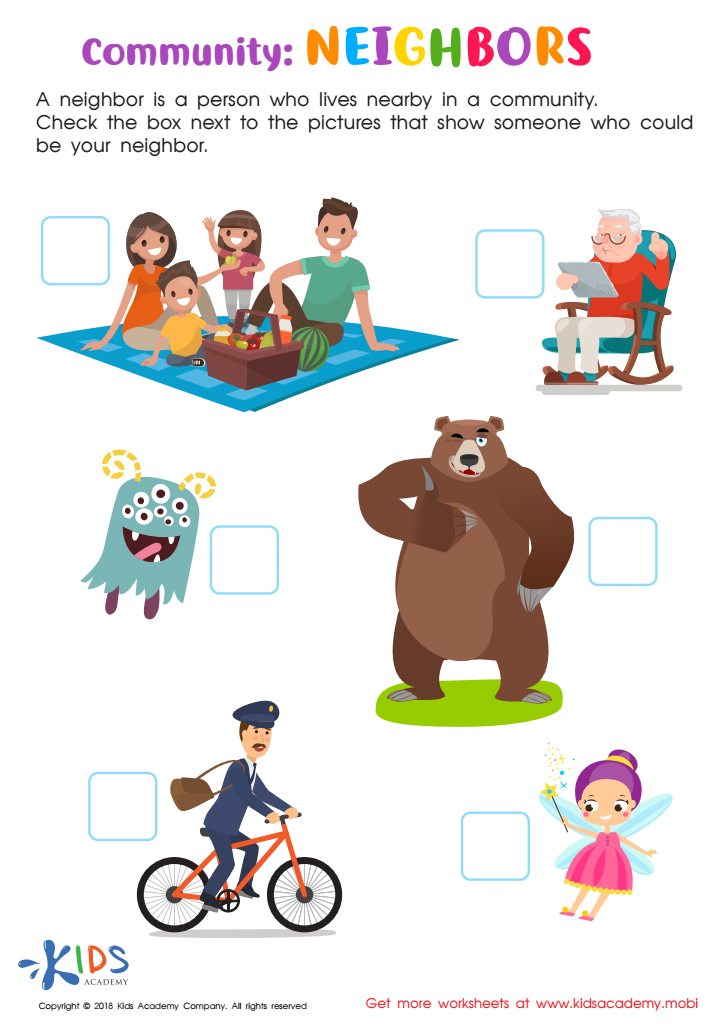

Community: Neighbors Worksheet


Communities We Belong to Worksheet
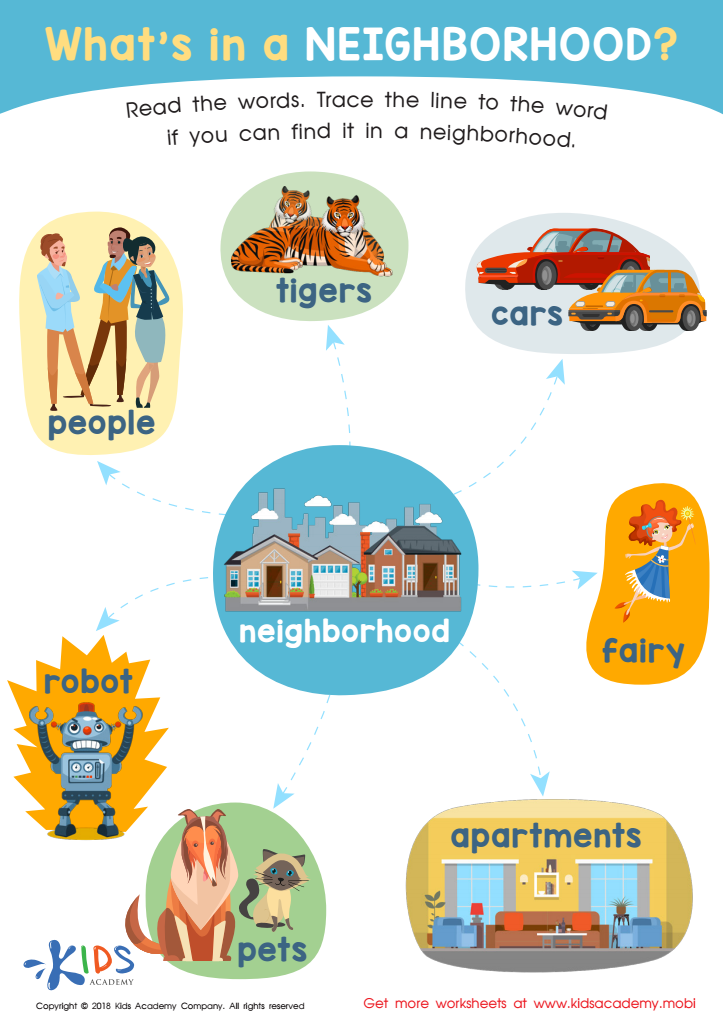

What's in a Neighborhood? Worksheet
Understanding communities is a fundamental aspect of social studies for children ages 4-9 because it lays the groundwork for their social and emotional development. Firstly, when children learn about communities, they start to recognize their place in the world and their role in society, fostering a sense of belonging and identity. This understanding helps them appreciate diversity, promoting empathy and respect for others.
Understanding communities also teaches children about various public roles and institutions, from emergency services to education systems, enabling them to understand the functions and importance of different societal structures. This knowledge helps develop responsible, informed citizens who understand their rights and responsibilities.
Additionally, it provides practical life skills, such as how to navigate their surroundings and engage with community members safely. By learning about different professions and services, children also start to envision future career possibilities and ambitions.
Moreover, early exposure to social studies helps develop critical thinking skills. Children begin to compare, contrast, and analyze how communities function, enhancing cognitive skills. Engagement in community-related activities also strengthens collaboration and communication skills.
Overall, integrating communities into early education provides children with essential tools for personal growth and social competence, equipping them to contribute positively to society as they grow.
 Assign to My Students
Assign to My Students







